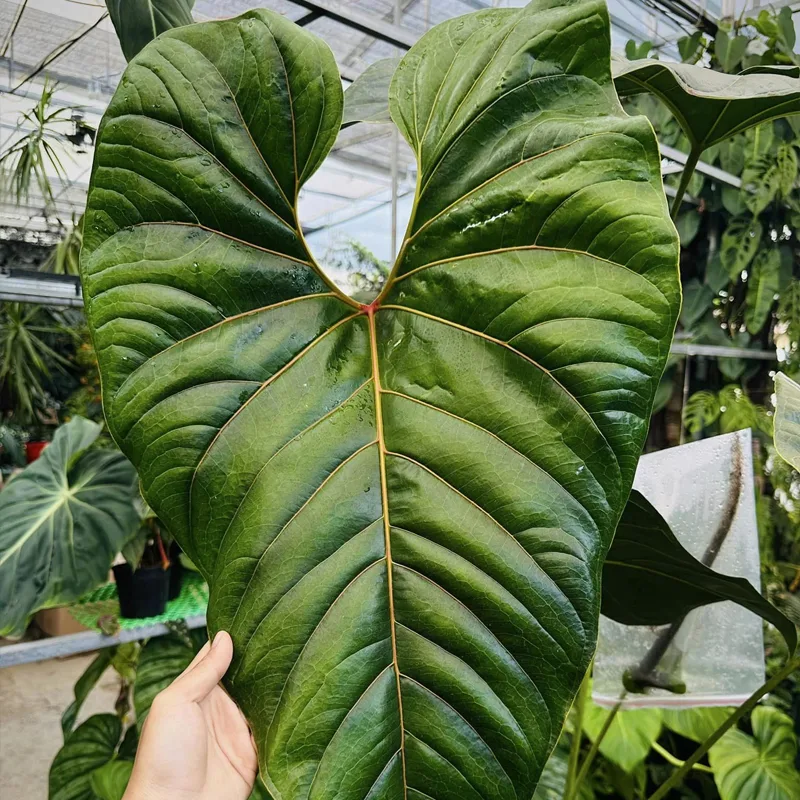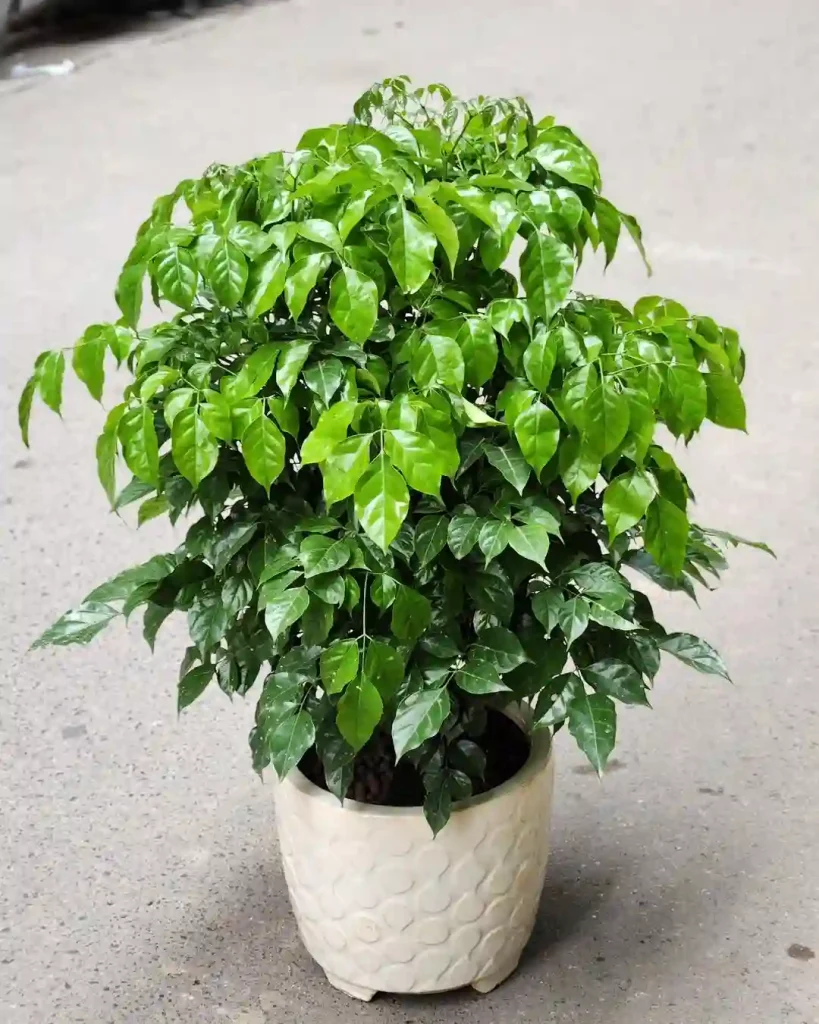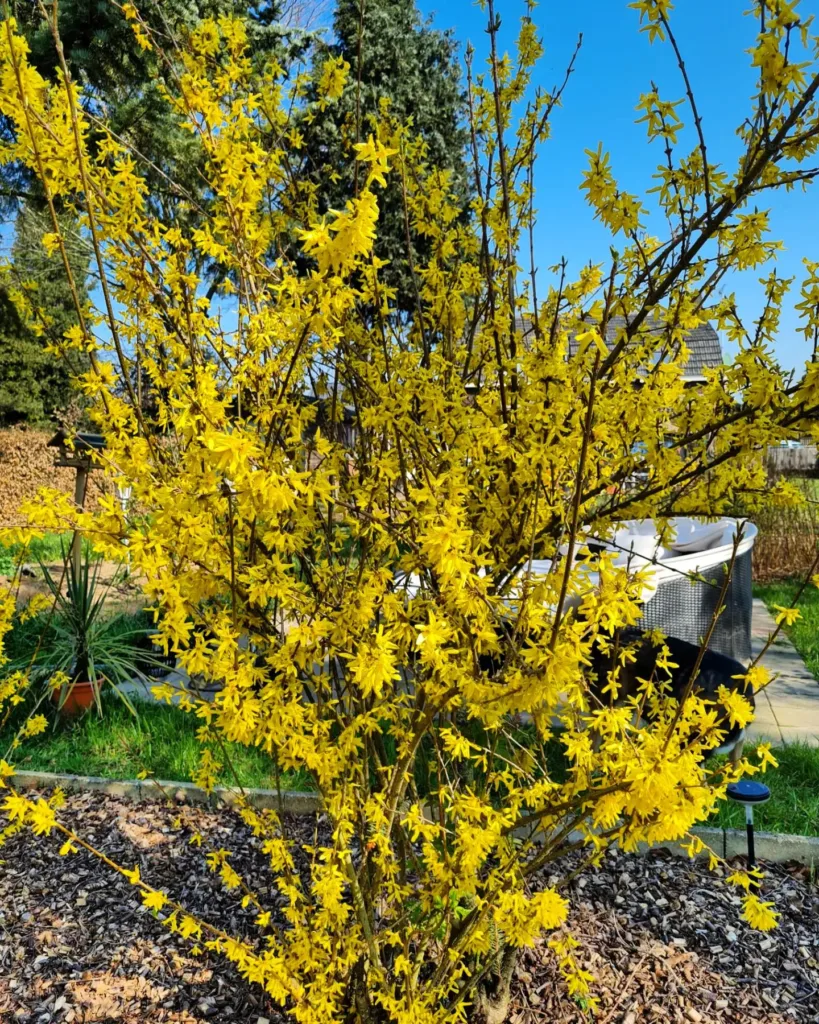
Kalopanax: My Journey with the Prickly Castor-oil Tree
As a botanist, I’ve always been fascinated by the diversity and resilience of plant life. One genus that has particularly captured my attention is Kalopanax, a group of deciduous trees belonging to the Araliaceae family. While the genus is monotypic, meaning it only contains one species, Kalopanax Septemlobus, its unique characteristics and adaptability make it a noteworthy subject of study.
Discovering the Castor Aralia
My first encounter with Kalopanax Septemlobus, also known as the castor aralia, tree aralia, or prickly castor-oil tree, was in a botanical garden in Japan. I was immediately struck by its imposing stature and the distinctive shape of its leaves, which resemble those of the castor-oil plant, hence the common name. The tree’s bark was also intriguing, with its spiky thorns adding an element of danger to its otherwise majestic appearance.
Native to northeastern Asia, Kalopanax Septemlobus has a wide distribution, ranging from Sakhalin and Japan to southwestern China. This adaptability is a testament to its hardiness, as it can tolerate temperatures as low as -40°C. This resilience has made it a popular choice for landscaping in various climates, even those with harsh winters.
The Sole Species: Kalopanax Septemlobus
Kalopanax Septemlobus is the sole species within the Kalopanax genus. This makes it a bit of a loner in the botanical world, but it certainly doesn’t lack character. Its large, palmate leaves can grow up to 30 cm in diameter and are deeply lobed, typically with five to seven lobes. These leaves create a dense canopy that provides ample shade during the summer months.
In the late summer, the tree produces clusters of small, white flowers that are attractive to pollinators. These flowers are followed by small, black fruits that are enjoyed by birds. The tree’s overall aesthetic, with its unique leaves, thorny bark, and seasonal flowers and fruits, makes it a valuable addition to any landscape.
Can I grow a Kalopanax septemlobus?
Absolutely! Kalopanax septemlobus is surprisingly adaptable. It thrives in full sun but tolerates partial shade as well. When planting, choose a well-draining, fertile soil and provide ample space for its future growth. These trees can reach heights of 33 feet (10 meters) and spread just as wide.
Watering is key, especially during the first few years after planting. Aim for consistent moisture but avoid soggy soil. Once established, Kalopanax septemlobus is quite drought tolerant.
How much maintenance does a Kalopanax septemlobus require?
The good news is that Kalopanax septemlobus is a low-maintenance tree. Pruning is not essential but can be done to maintain its desired shape or remove deadwood. The best time to prune is during the dormant season, late fall to early winter.
The spiny nature of the trunk can be a deterrent to climbing, making it a good choice for areas where deer are a concern. However, be mindful when planting near walkways or play areas.
How fast does a Kalopanax septemlobus grow, and how long will it live?
Kalopanax septemlobus is a moderately fast-growing tree, putting on about 12 to 18 inches (30-45 cm) per year in ideal conditions. With proper care, it can live for centuries, becoming a majestic focal point in your landscape.
Does Kalopanax septemlobus flower?
Yes, Kalopanax septemlobus produces clusters of small, white flowers in late summer. These flowers aren’t particularly showy but give way to dark-colored berries in early fall. While the berries are technically edible, they’re not particularly palatable and can cause stomach upset.
Can Kalopanax septemlobus withstand cold winters?
Kalopanax septemlobus is a champion of cold weather. It’s considered hardy in USDA zones 4 to 8, meaning it can tolerate temperatures as low as -30°F (-34°C). This makes it a great choice for gardeners in colder climates.
Does Kalopanax septemlobus have any pest or disease problems?
Kalopanax septemlobus is generally resistant to most pests and diseases. However, it can be susceptible to fungal issues like anthracnose if there’s poor drainage or excessive humidity.
Can you confuse Kalopanax septemlobus with other trees?
There are a few trees that share some similarities with Kalopanax septemlobus. Here’s a quick comparison:
- Tree of Heaven (Ailanthus altissima): This fast-growing tree also has large, compound leaves. However, the leaves of Tree of Heaven are more elongated and have a foul odor when crushed. Kalopanax septemlobus has no unpleasant odor. Tree of Heaven is also considered invasive in some areas.
- Jacaranda mimosifolia: This flowering tree boasts beautiful, fern-like leaves. However, Jacaranda is not cold hardy and thrives in warm climates. Kalopanax septemlobus, on the other hand, excels in colder regions.
Uses and Benefits
Beyond its ornamental value, Kalopanax Septemlobus has a history of practical uses. In traditional medicine, various parts of the tree have been used to treat a range of ailments, from rheumatism to skin diseases. The wood is also valued for its strength and durability, and it has been used in construction and furniture making.
More recently, there has been growing interest in the potential of Kalopanax Septemlobus for phytoremediation, the use of plants to remove pollutants from the environment. Studies have shown that the tree can effectively absorb heavy metals from contaminated soil, making it a promising tool for environmental cleanup.
Conservation and Cultivation
While Kalopanax Septemlobus is not currently considered threatened, habitat loss and over-exploitation could pose risks to its future. Conservation efforts are crucial to ensure the continued survival of this unique species.
Cultivating Kalopanax Septemlobus is relatively straightforward. It prefers well-drained soil and full sun to partial shade. While it is drought-tolerant once established, young trees require regular watering. Pruning is generally not necessary, except to remove any dead or damaged branches.
My Continued Fascination
My exploration of Kalopanax Septemlobus has deepened my appreciation for the complexity and beauty of the plant kingdom. Its resilience, adaptability, and unique characteristics make it a truly remarkable species. I am eager to continue learning more about this fascinating tree and its potential benefits for both humans and the environment.
As I continue my journey as a botanist, I am reminded of the importance of observing, understanding, and preserving the diversity of life on our planet. Kalopanax Septemlobus serves as a powerful symbol of nature’s resilience and the interconnectedness of all living things.
If i die, water my plants!



